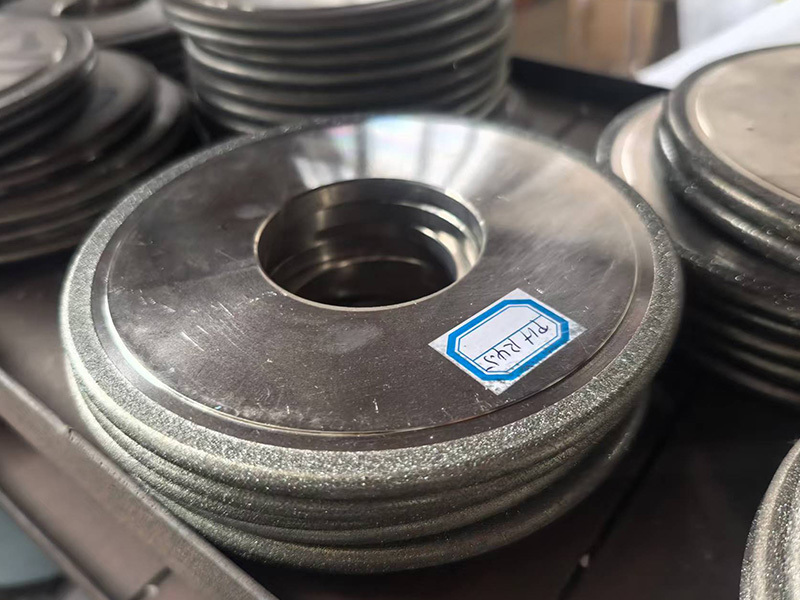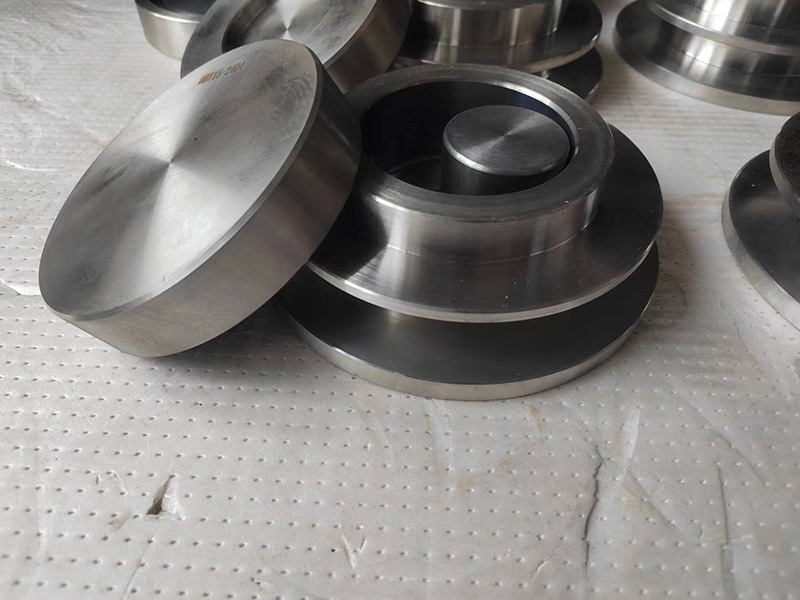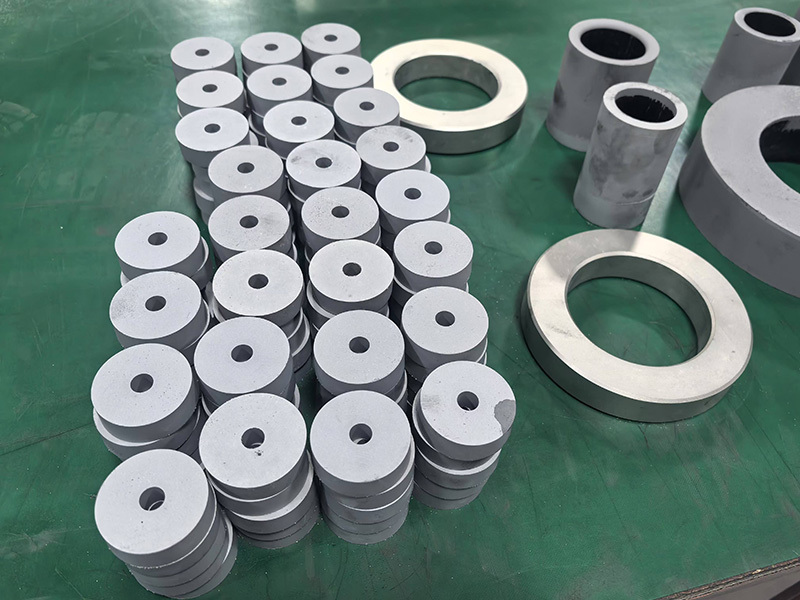Unlocking the Mysteries of Drawing Die: A Comprehensive Guide
Introduction to Drawing Die
Hey there! If you’ve ever marveled at the precision of metal parts or wondered how they’re shaped, then you’re in for a treat! In the world of manufacturing, one term that pops up often is drawing die. So, what’s the deal with this nifty tool? Let’s peel back the layers and get to the juicy details!
What is a Drawing Die?
Alright, let’s get down to brass tacks. A drawing die is essentially a tool used to shape materials, typically metal, into desired forms. Think of it as a sculptor’s chisel but for industrial applications. It’s crafted to create specific shapes by pulling material through its opening, hence the name “drawing.”
The Importance of Drawing Die
Now, you might be wondering why drawing dies are such a big deal. Well, they play a crucial role in various industries, from automotive to aerospace. They ensure that parts fit together like a well-oiled machine, literally! With a drawing die, manufacturers can achieve greater accuracy, enhance strength, and even reduce waste. Talk about a win-win!
Types of Drawing Dies
Here’s where it gets interesting. Not all drawing dies are cut from the same cloth! There are various types, each tailored for specific applications:
- Progressive Dies: These are like the Swiss Army knife of drawing dies, capable of performing multiple operations in one go!
- Compound Dies: These bad boys work on two or more operations simultaneously. Efficiency at its finest!
- Single-Operation Dies: Simple but effective, these are used for straightforward tasks.
How Drawing Die Works
Let’s break it down further, shall we? The process generally involves:
- Material Selection: First off, you need to pick the right material. Common choices include aluminum, steel, and brass.
- Designing the Die: This step requires expertise! Engineers design the die to match the desired specifications.
- Manufacturing: The die is then manufactured, often using precision machining techniques.
- Testing: Before it hits the production floor, the die undergoes rigorous testing to ensure everything’s up to snuff.
Challenges in Using Drawing Die
Of course, it’s not all rainbows and butterflies. Using a drawing die comes with its own set of challenges:
- Material Limitations: Not all materials can be drawn; some are simply too hard or brittle.
- Tool Wear: Over time, dies can wear out, necessitating replacements or repairs.
- Cost: Custom dies can be expensive, and it’s crucial to ensure they’re worth the investment.
Future of Drawing Die Technology
So, what’s on the horizon for drawing die technology? Well, advancements in materials science and digital manufacturing techniques are paving the way for smarter, more efficient dies. Imagine a world where dies can self-adjust based on the material properties! Sounds like something out of a sci-fi movie, right?
Conclusion
All in all, drawing die is an essential tool in the manufacturing world, enabling the creation of precise and durable parts. Whether you’re an industry veteran or just dipping your toes in, understanding the ins and outs of drawing dies can give you a leg up in the game. So next time you see a perfectly shaped metal part, you’ll know the magic behind it!
Tags:
Related news










